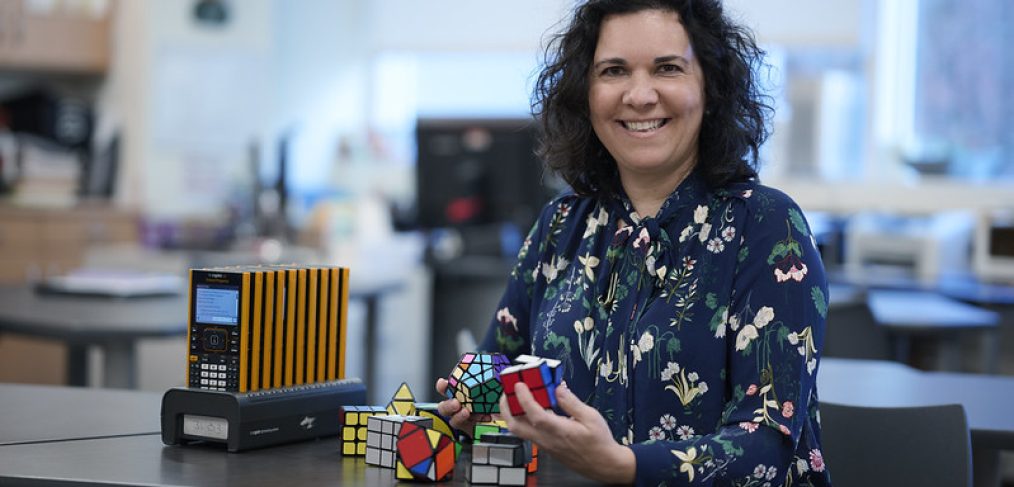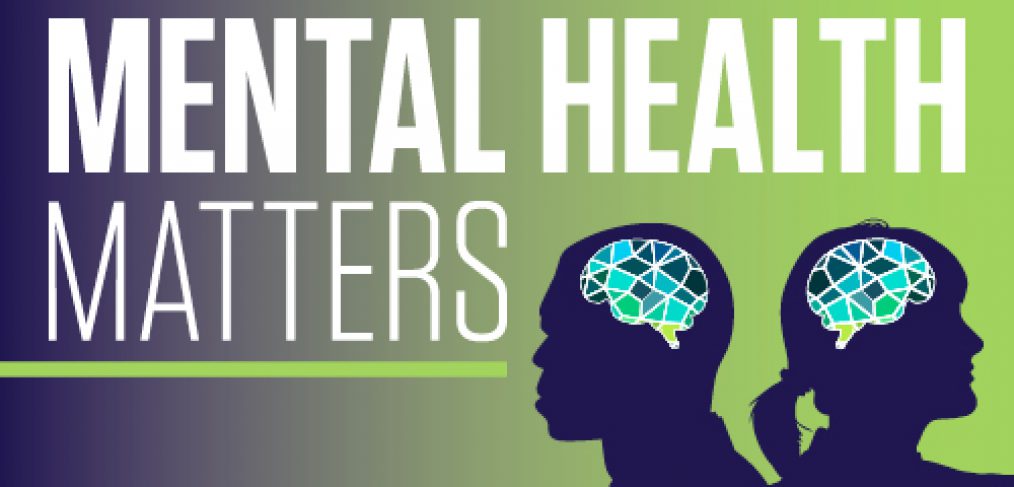If you’ve ever been to a Dallas ISD community event at a school or throughout the city, chances are you’ve seen Sgt. Simon Tapia, one of the faces of the Dallas ISD Police Department’s UNIDOS program.
He, along with fellow officer Lt. Juan Cedillo, co-founded the Dallas ISD chapter of UNIDOS, an outreach program that provides assistance and information to the district’s Spanish-speaking community, with a focus on parents and students.
“UNIDOS is a collaboration with multiple police organizations and the purpose of the program is to connect our Spanish-speaking community with resources and to address areas of need that directly impact the community,” Tapia said.
Tapia, who has worked as a police officer for 27 years—22 of them years with the district, has worked in different areas such as campus services in West Dallas.
“I’ve had the opportunity to do a little of everything, and have really gotten to know the district well, as I’ve worked with multiple Dallas ISD leaders and community leaders,” Tapia said. He’s also worked in areas such as the Criminal Investigation Division, gang unit, and is currently working night patrol.
 The UNIDOS chapter at Dallas ISD began when Sgt. Robert Muñoz of the Community Affairs Department of the Dallas Police Department reached out to Tapia and Cedillo after he was inundated with requests for not only community outreach throughout the city, but specifically in Dallas ISD. Muñoz suggested that Tapia and Cedillo start their own chapter in the district.
The UNIDOS chapter at Dallas ISD began when Sgt. Robert Muñoz of the Community Affairs Department of the Dallas Police Department reached out to Tapia and Cedillo after he was inundated with requests for not only community outreach throughout the city, but specifically in Dallas ISD. Muñoz suggested that Tapia and Cedillo start their own chapter in the district.
“He brought us into this program and he showed it to us,” Tapia said. “In November 2017, we did our own presentation with DPD at Arcadia Park Elementary as our own unit. Sgt. Muñoz was doing important work bridging the communication gap with our community, as well as connecting them with resources, and we wanted to continue this work in the district.”
While it’s not always easy having to keep up with a demanding work schedule, plus volunteering at community events, Tapia said he is happy to do this important and impactful work. He was once asked by a colleague about where the return on their investment was.
“It was a valid question but it really resonated with me,” he said. “I said that he and I would never see a return on our investment. We are investing in the kids, in their future. When we give a toy to a little kid or a sticker that looks like our badges, we are creating a long lasting memory for the student. You never know what kind of impact it may have on their future.”
He recalls a moment when he took a picture a few years ago at Celestino Mauricio Soto Jr. Elementary School in front of his squad car with seven or eight students all dressed as police officers as a costume.
“I took the picture for my unit, and I sent it to them, and I jokingly said, ‘I’m replacing all of y’all.’ That’s the return on our investment,” Tapia said. “They had a blast seeing us, seeing our cars, getting a sticker, and I hope that out of those seven or eight, maybe one or two will decide to become police officers. The investment will never be seen, because by the time these students graduate and begin working as an officer, I’ll likely not be around.”
Although they might not always get to see the impact their work has on the community, Tapia says that a couple of times he has had the opportunity to work with officers who recall seeing him at their schools when they were students.
“We have some officers that remember seeing me when they were in elementary school or high school, and now, they’re working for us. They say, ‘Ah I remember you. You used to come to our school with the K-9 unit,’” Tapia said.
Tapia, Cedillo and the 15 or so volunteers from UNIDOS have worked and volunteered in many community meetings, health fairs, toy drives, school career days, and their signature “Conchas con Chotas” meetings at schools. One of the groups UNIDOS collaborates with often is Comadres Unidas de Dallas, a community based organization whose mission is to empower, inform and connect the Spanish speaking community with resources.
“The first meeting we worked on together was at [Thomas C.] Marsh Middle School because I was the PTA president,” said Mirna Mendez, founder of Comadres Unidas de Dallas. “Sgt. Tapia has always been accessible and he is always willing to help and to serve. We have worked together on several occasions, including a toy drive this past December. We had run into some challenges because we needed a bigger location for the toy drive, and by the next day, he had found us a place. Sgt. Tapia is all about community. He is a problem solver, a go-getter, and is just an all around good person who is always willing to help and to serve the community.”
If you would like more information about UNIDOS, contact Tapia via email at stapia@dallasisd.org or unidos@dallasisd.org. You can also find UNIDOS on twitter @DISDPD_UNIDOS or here, on the district’s website.

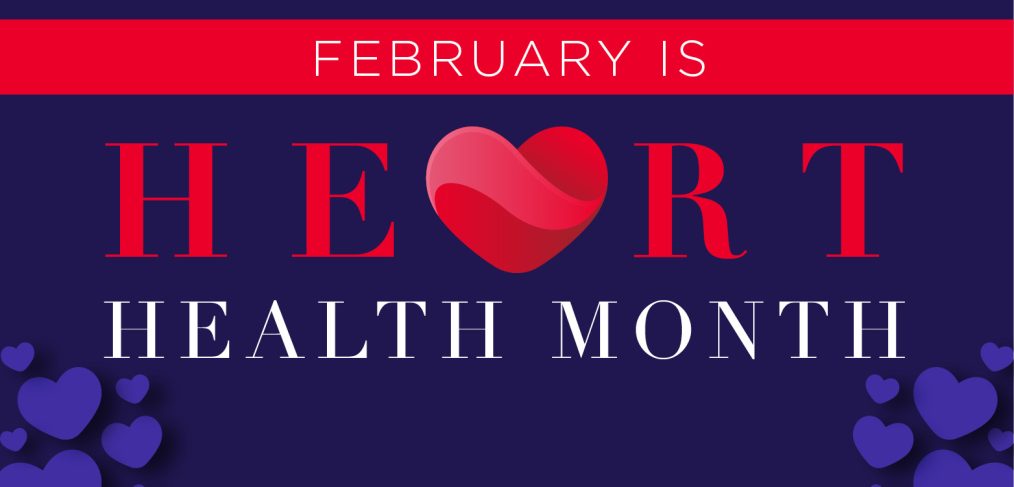
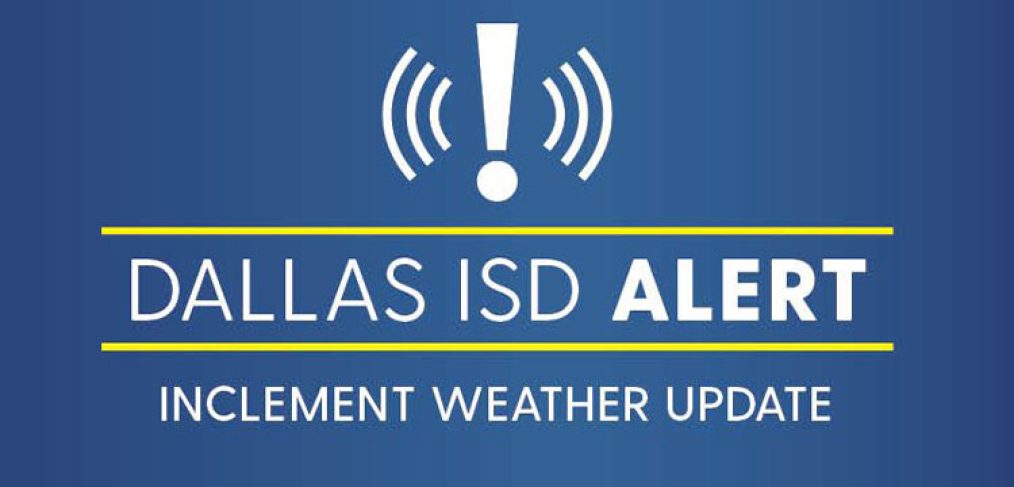
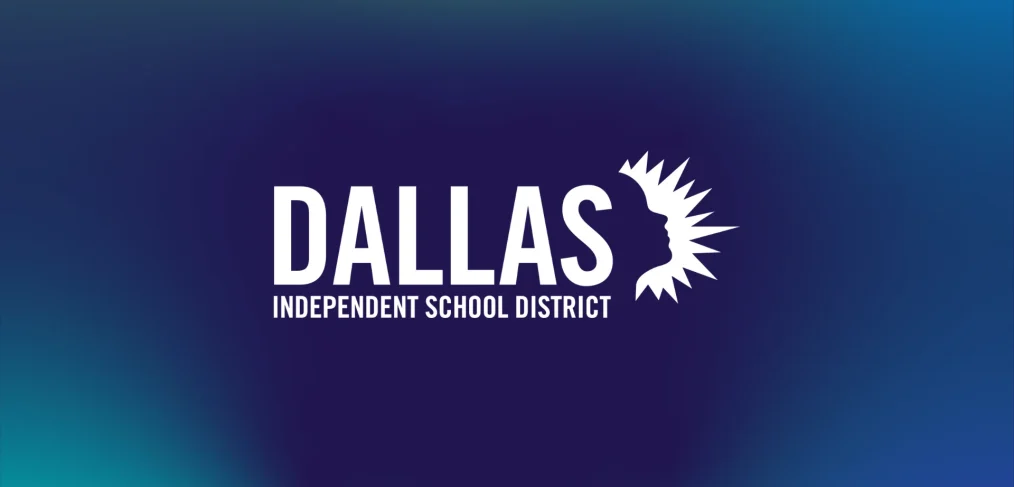
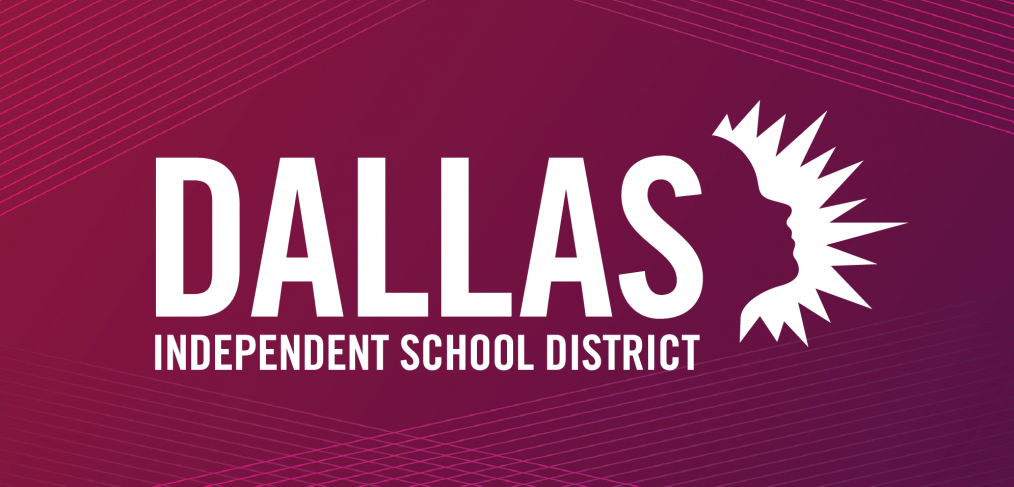


 The UNIDOS chapter at Dallas ISD began when Sgt. Robert Muñoz of the Community Affairs Department of the Dallas Police Department reached out to Tapia and Cedillo after he was inundated with requests for not only community outreach throughout the city, but specifically in Dallas ISD. Muñoz suggested that Tapia and Cedillo start their own chapter in the district.
The UNIDOS chapter at Dallas ISD began when Sgt. Robert Muñoz of the Community Affairs Department of the Dallas Police Department reached out to Tapia and Cedillo after he was inundated with requests for not only community outreach throughout the city, but specifically in Dallas ISD. Muñoz suggested that Tapia and Cedillo start their own chapter in the district.

 Carcamo and her newborn were released from the hospital a day after the birth at the school and headed home just in time for the holidays in December. By January, they were happy to return to Kleberg to reunite with Perez Caraballo and take a photo together.
Carcamo and her newborn were released from the hospital a day after the birth at the school and headed home just in time for the holidays in December. By January, they were happy to return to Kleberg to reunite with Perez Caraballo and take a photo together.